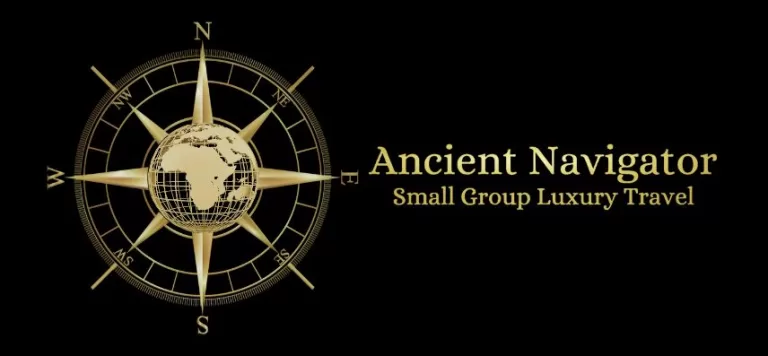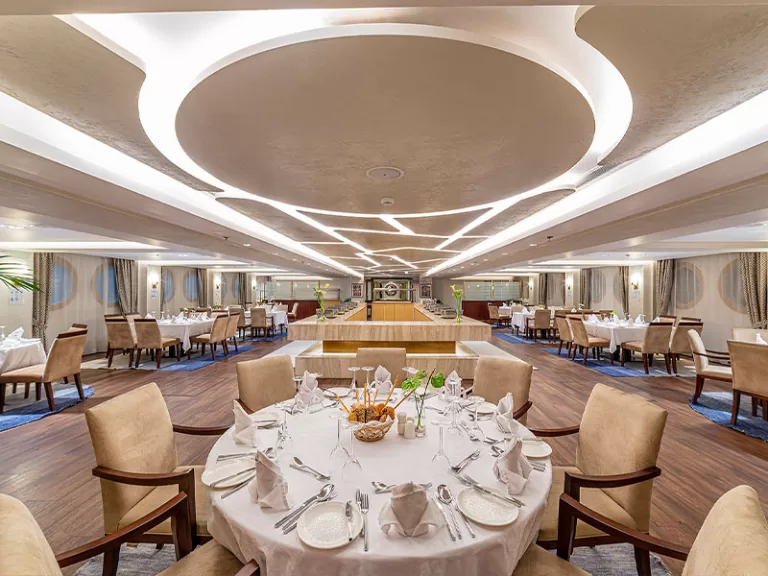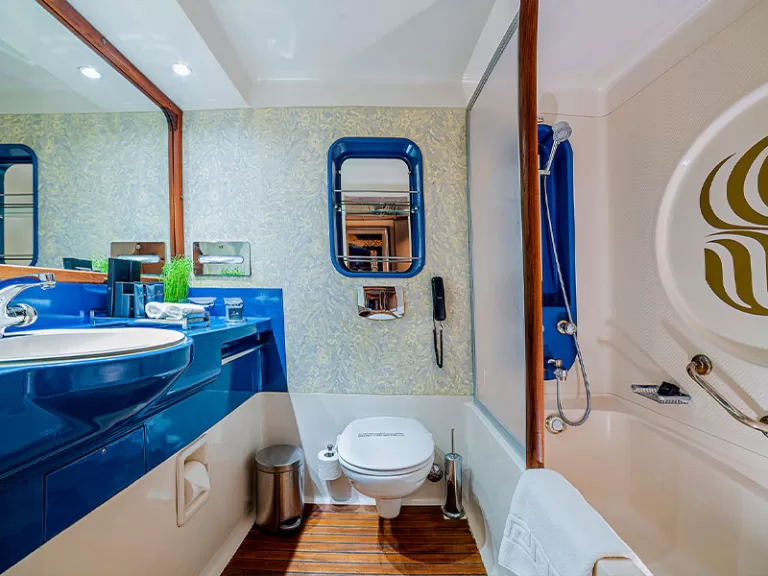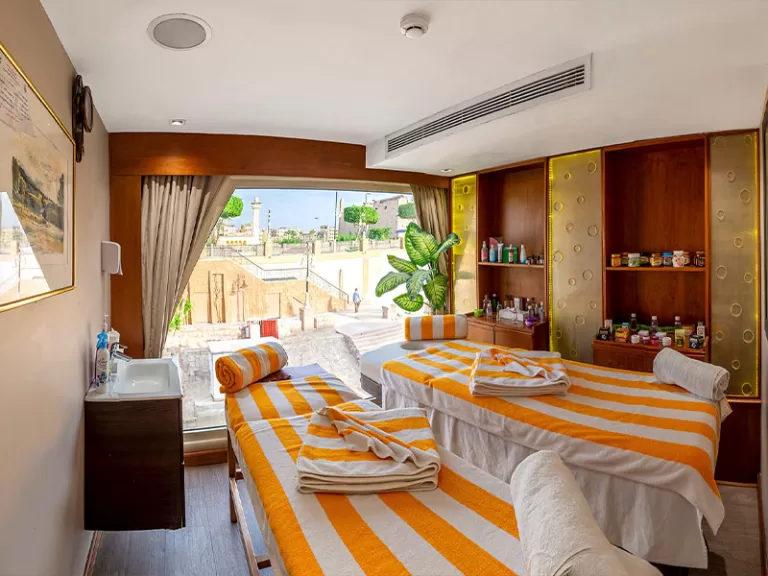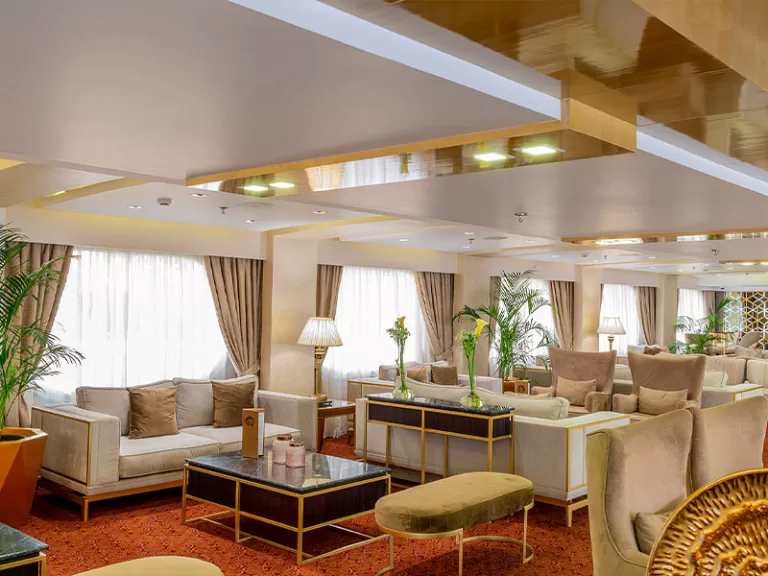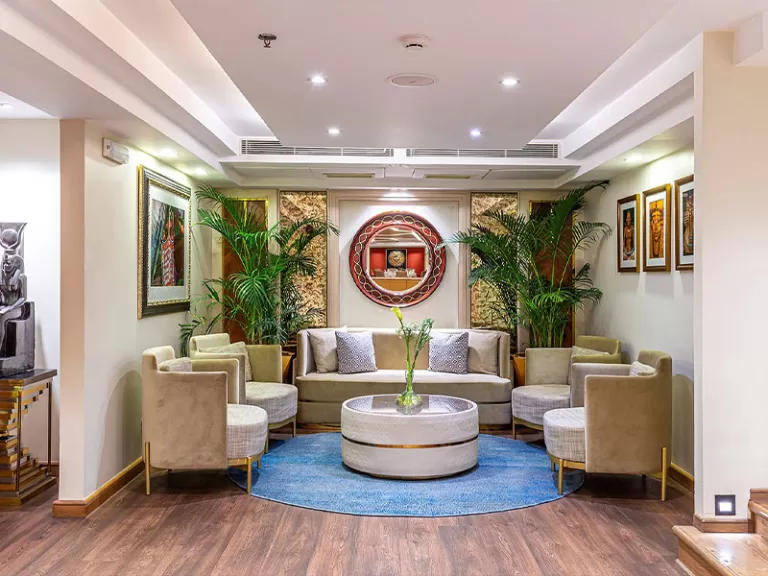Why the Grand Egyptian Museum Is a Can’t-Miss Destination
Table of Contents
You’re About to Miss the Biggest Opening Since King Tut’s Tomb Was Found
There are moments in history when time folds in on itself—when the past, the present, and the mythic collide in a single, unforgettable place. That’s what’s happening just outside Cairo, in the shadow of the Great Pyramids of Giza. After more than two decades of planning, delays, international intrigue, and a cool $1.1 billion in investment, the Grand Egyptian Museum (GEM) is finally—finally—opening its doors.
Let me be blunt: if you miss this, you may never forgive yourself.
This isn’t just a museum. This is the new global epicenter of ancient civilization. This is the Louvre of Africa, the Vatican of archaeology, the Met of the pharaohs. It’s the single greatest cultural project Egypt has undertaken in the modern era. You want to talk about once-in-a-lifetime? This is it. And if you’re the kind of person who believes in making your passport a scrapbook of stories worth telling, then you’ve just found your next chapter.
But don’t just take my word for it—read on, and you’ll see why this isn’t just about seeing the past. It’s about stepping into it… before the rest of the world catches up.
TL;DR: The Grand Egyptian Museum Will Redefine How the World Experiences Egypt
Opening near the iconic Pyramids of Giza, the Grand Egyptian Museum is the largest archaeological museum ever built for a single civilization. Housing over 100,000 artifacts—including the complete Tutankhamun collection—GEM blends cutting-edge technology with ancient mystique. This post explains what makes GEM a world-class destination, how luxury travelers can experience it in comfort and exclusivity, and why missing it means missing out on the greatest cultural unveiling of the 21st century.
Key Takeaways (No Fluff, Just Power)
The Grand Egyptian Museum is a modern wonder, not just for its size (480,000 square meters) but for its bold mission: to present 5,000 years of Egyptian civilization with unprecedented clarity, depth, and sophistication. From architectural design to artifact curation, everything about GEM screams scale, vision, and immortality.
Tutankhamun like you’ve never seen him. This is the first time in history that all of King Tut’s burial treasures—5,000+ items—will be displayed together, including items never shown to the public before. If that doesn’t make your heart race, check your pulse.
It’s not just about artifacts—it’s about immersion. With VR-enhanced exhibits, interactive displays, and intelligent routing that adapts to your preferences, GEM is designed to be felt, not just seen. You don’t look at history here. You experience it.
Luxury travelers have exclusive pathways. Private tours, expert Egyptologist guides, sunrise viewings of the pyramids, and bespoke experiences are being designed for the high-end traveler. This isn’t Egypt-on-a-budget tourism—it’s Egypt without compromise.
This is your front-row seat to a global cultural rebirth. Egypt’s tourism infrastructure is being rebuilt around GEM, from five-star hotels to improved security and hospitality. Booking a visit now means being part of history—on your terms, not as a tourist, but as a true traveler.
Now let’s dive deep into what makes the Grand Egyptian Museum not just important—but unmissable.

The Grand Egyptian Museum at a Glance: More Than a Building, It’s a Resurrection
Let’s clear something up before we go any further. This isn’t just a museum. This is an announcement—bold, brilliant, and entirely Egyptian—that the land of pharaohs, pyramids, and papyrus isn’t just alive and well…it’s about to steal the spotlight.
Rising from the desert sands just two kilometers from the Great Pyramids of Giza, the Grand Egyptian Museum is, in no uncertain terms, the most ambitious cultural undertaking in the history of modern Egypt. It spans over 480,000 square meters, a sprawl so immense it could swallow more than 70 football fields whole. It’s a project that took more than 20 years and over $1.1 billion to complete. And yet, it feels destined—as if the moment Tutankhamun’s tomb was cracked open in 1922, this museum was fated to be born.
This place isn’t here to impress you—it’s here to overwhelm you.
The museum itself is situated on what might be the most strategic piece of land in the heritage world: perched just high enough to offer a panoramic view of the Pyramids, but set back far enough to allow the architecture to breathe. And that’s no accident. The entire building is oriented on the axis between the Great Pyramid of Khufu and the Pyramid of Menkaure—a cosmic alignment that echoes the precision of the ancients. Nothing about this place is accidental. Every line, every plane, every shaft of sunlight filtering through the stone and glass facade is intentional.
But the scale alone is just the start. The real show? That’s inside.
The Largest Collection of Egyptian Antiquities on Earth—And That’s Underselling It
This museum is home to over 100,000 artifacts, ranging from granite statues of Ramses the Great to everyday items pulled from the ruins of forgotten tombs. But the crown jewel—the headliner, the blockbuster—is the entire collection of King Tutankhamun’s burial treasure. And when I say “entire,” I mean every gold-inlaid dagger, every ceremonial sandal, every linen-wrapped item he carried with him to the afterlife.
Many of these pieces—over 60% of them—have never been shown to the public. Let that sink in. This isn’t a “best of” gallery. It’s the full resurrection of a forgotten boy-king’s funeral chamber, laid out in breathtaking detail so you can see exactly what Howard Carter saw—and more.
There will be rooms designed specifically around thematic storytelling: daily life in Ancient Egypt, the role of women, trade networks, medicine, art, agriculture, religious rituals, and burial rites. Each room is a portal into another dimension. But make no mistake: this isn’t dusty dioramas and museum-fatigue. This is movement, light, sound, and story. It’s as if the past has been reprogrammed for the attention span and sophistication of today’s traveler.
Architecture That Doesn’t Just Impress—It Whispers Secrets
Walk up to the GEM, and your first impression won’t be “modern marvel.” It’ll be awe—and silence. The exterior is a fusion of translucent alabaster, steel, and stone, designed to mirror the glowing sands of the Giza Plateau. But once inside, the building doesn’t just hold history—it unfolds it.
One of the museum’s most dramatic features is the Grand Staircase—a monumental 64-meter-long ascent flanked by colossal statues from various dynasties, each one facing you as you rise. It’s both symbolic and literal: a staircase into the past, into the power of legacy.
From there, you pass through atriums with floor-to-ceiling glass walls offering direct views of the pyramids, creating a surreal tension between ancient and new. The design draws heavily from the geometry of the pyramids themselves—angular lines, light wells, sacred proportions. Even the acoustics have been studied, so sound reverberates in ways that mimic ancient temples.
This is architectural storytelling on a level rarely attempted, let alone achieved.
This Isn’t a Walk-Through—It’s a Technological Time Machine
What separates GEM from every other archaeological museum in the world is simple: it doesn’t want you to read about the past. It wants you to enter it.
We’re talking about augmented reality overlays that allow you to see reconstructed ruins with your phone as you walk. Virtual reality immersion rooms where you can witness the funeral of a pharaoh or stand in the bustling markets of Memphis. Interactive display tables that let you digitally “unwrap” mummies, revealing the intricate medical processes and symbolism within each bandage.
There’s also intelligent visitor tracking—opt-in systems that personalize your experience in real time based on your interests. Like mythology? You’ll be guided through a custom route highlighting gods, rituals, and symbols. More into military conquests? The system will feed you deeper stories of Ramses II, the Battle of Kadesh, and the rise and fall of empires.
This is history curated not for the masses, but for the individual. For you. And that’s the brilliance of it.

GEM Isn’t the End of a Journey—It’s the Start of a New One
The Grand Egyptian Museum isn’t just an endpoint where you dump a million artifacts and charge admission. It’s a redefinition of what cultural tourism can be. It marks Egypt’s commitment to rising again—not as a place frozen in time, but as a nation reclaiming its voice, its authority, and its global relevance.
What you’re witnessing isn’t just the unveiling of a building—it’s the resurrection of a legacy.
And now that you know the scale of what’s coming, the only question that matters is this:
Will you see it before the rest of the world catches on?
How to Experience the Grand Egyptian Museum in Luxury: Forget the Crowds, This Is Egypt on Your Terms
Let’s face a truth that most travel blogs won’t tell you: seeing the wonders of Egypt is breathtaking—but doing it shoulder-to-shoulder with thousands of tourists, hustled off a tour bus in 110-degree heat, is more like a punishment than a pilgrimage.
You didn’t come to Egypt to stand in line.
You came to connect with something eternal. You came to walk the same marble corridors kings once strode, and do it without someone’s selfie stick blocking your view. You want reverence, not chaos. You want insight, not brochure babble.
That’s why smart, high-net-worth travelers aren’t asking if they should see the Grand Egyptian Museum—they’re asking how to do it in absolute comfort and exclusivity. And the answer? It’s all about alignment: between access, expertise, and elegance.
Private Access: Skip the Line, Enter the Story
The most valuable currency today isn’t money—it’s access. And when it comes to GEM, exclusive access is everything.
High-end Egypt travel providers, like AncientNavigator.com, are curating private experiences that give you early entrance to the museum, behind-the-scenes access to restoration labs, and curated walk-throughs where you’re not just seeing the artifacts—you’re being led through them by world-class Egyptologists, some of whom were part of the excavation and restoration teams.
You’re not being lectured. You’re being let in on secrets.
Imagine this: You walk past a sea of tourists baking in the sun. A personal guide welcomes you by name. You’re ushered through a private entrance, handed a chilled towel and a handcrafted itinerary. Every room you enter clears out before you. You don’t tour the museum. You experience it like a VIP guest of the pharaohs.
And if you think this level of access is out of reach—think again. The investment in an elite museum experience costs less than a single night in a five-star Manhattan hotel suite. But what you get in return is priceless: intimacy with a civilization that still shapes the world.
Accompanied by Experts: Egyptologists Who Bring History to Life
A guidebook can’t answer your questions. Audio tours can’t adjust to your mood. And generic tour leaders, even the ones with a laminated badge and a loud voice, can’t unlock the mystery of ancient Egypt. But a true expert Egyptologist? That’s a different story entirely.
When you book a luxury experience, you’re not just buying access. You’re securing interpretation, context, and intelligent conversation. These guides are not just educated—they’re embedded. They’ve spent years researching specific tombs, hieroglyphs, or dynastic transitions. Many are published authors, university lecturers, or field archaeologists. They know the difference between a ceremonial dagger and a weapon of war—not because they read about it, but because they held it in their hands.
They’ll walk you through the Tutankhamun wing and tell you not only what each object is, but why it mattered, how it was made, what it symbolized, and how it connects to today’s world. You’ll leave not just having seen history—but understanding it in a way that few ever will.
This is what separates the luxury traveler from the tourist: You don’t consume experiences. You master them.
Travel Infrastructure Has Evolved—And It’s Built for You
Let’s debunk another myth while we’re at it: travel to Egypt isn’t “hard” anymore.
In the last five years, Egypt’s luxury infrastructure has been upgraded dramatically. Roads have been repaved. Cairo International Airport now features VIP lounges with fast-track customs and immigration. Major hotels have invested in security, service, and sustainability. And transportation to GEM is now as simple as a chauffeured car through a secure private entrance.
More importantly, Egypt understands the stakes. They’re not trying to attract backpackers anymore. They’re rebuilding their tourism strategy around high-value, low-volume travelers—the kind who invest in culture, who travel to deepen understanding, and who want immersive experiences, not mass-market sightseeing.
If that sounds like you, then you’re not just welcome in Egypt. You’re exactly who it’s being built for.
This Is the Moment Before the Crowd Comes
Here’s the deal: The Grand Egyptian Museum won’t stay under the radar for long.
Right now, it’s in what marketers call the “quiet crescendo”—the brief, glorious window between soft opening and global saturation. Right now, you can walk through those halls with breathing room. You can hear the whispers of ancient voices echo off alabaster walls. You can photograph the treasures of Tutankhamun without a crowd pushing past your shoulder.
But that won’t last.
Once the cruise ships reroute. Once the influencers catch wind. Once the mass-market media starts broadcasting from the atriums. That quiet dies. The crowds come. The intimacy vanishes.
Which means, very simply: you need to go now.
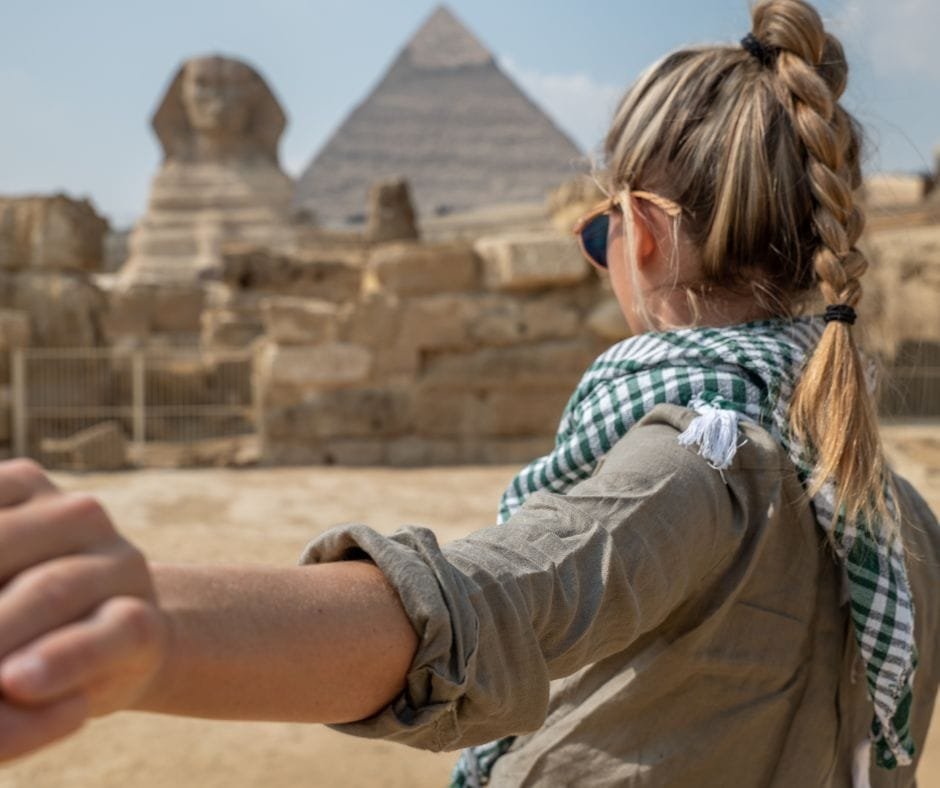
Why Now Is the Best Time in History to Visit Egypt: You’ll Never Get This Window Again
There are moments in history when the stars align—when timing, access, and opportunity converge into a golden window that only the wise and the bold step through.
This is one of those moments.
For centuries, Egypt has been on the bucket list of the dreamers, the seekers, the scholars. But it’s also been misunderstood—either painted as chaotic or compromised, commercialized or too complex to navigate. That’s changed. Quietly, profoundly, and decisively.
Egypt is ready.
But not tourist trap ready. Not “backpackers with GoPros and crumbling infrastructure” ready. Egypt is luxury ready. The kind of ready that caters to an audience who wants real meaning delivered with polished elegance, privacy, and precision.
You’re not too early. You’re not too late. You’re right on time.
Here’s why that matters:
The Grand Egyptian Museum is open—but not yet mobbed. You can explore it like a diplomat, not a day-tripper.
The infrastructure is world-class. Airports, roads, and luxury properties have been upgraded. You’ll travel in absolute comfort.
The pricing is in your favor. The U.S. dollar stretches here. That means five-star everything at a fraction of European prices.
The exclusivity is still within reach. Private guides, early access, and VIP cultural experiences are available now—but won’t be forever.
The narrative is being reclaimed. This isn’t Egypt through the eyes of outsiders. This is Egypt, told by Egyptians, curated by Egyptologists, and crafted for those who respect the power of context.
And here’s the kicker: in a world where destinations are being flattened into the same commercial template, Egypt still has its mystery intact. Still feels wild. Still breathes wonder. You don’t just visit Egypt—you are transformed by it.
But that transformative access? That deeply personal, luxurious immersion?
It won’t last.
The cruise lines are coming. The bus tours will follow. You’ve got a small window before exclusivity becomes memory. You either step into it now—or read about it in a glossy magazine later and regret what you missed.
This Is Where Legends Begin—So Let’s Build Yours
Let’s not pretend this is just about a trip. You can book a “trip” anywhere.
What we’re offering is a legacy-defining experience.
When you travel with Ancient Navigator, you’re not just checking into a hotel. You’re stepping into a handcrafted narrative that’s tailored to your intellect, your curiosity, and your lifestyle. You get access others can’t buy, conversations most never hear, and cultural moments that don’t exist on any other itinerary.
We work with the best Egyptologists in the world.
We arrange private access before opening hours at GEM.
We secure rooftop dinners across from the Great Pyramid, with candlelight flickering against 5,000 years of wonder.
We don’t do group tours. We don’t do compromises. We do epic, intimate, once-in-a-lifetime journeys—designed for the few, not the many.
And the best part?
We handle everything. From the moment you land, you’re not a tourist. You’re a traveler with a mission. A guest of the gods. A seeker of history, welcomed like royalty.
So now, you have a decision to make.
You can keep scrolling. Keep saying “someday.” Keep watching Egypt pass by in documentaries and filtered travel photos.
Or you can make the move. Plant your flag in the sands of history. And join the rare few who will walk the corridors of the Grand Egyptian Museum before the crowds arrive, before the headlines catch up, before the mystery fades.
This isn’t just a museum opening. It’s the start of your story.
👉 Visit AncientNavigator.com and request your private itinerary today.
We’ll design a journey worthy of the pharaohs—tailored to your exact specifications, crafted with luxury, steeped in wisdom, and executed with surgical precision.
The Grand Egyptian Museum is ready. The question is—are you?
Join our Email List
About the Author

James
A passionate traveler and writer who loves exploring the world, discovering new places, savoring unique foods, and connecting with fascinating people. Through their writings, James shares personal experiences and stories from every corner of the globe, with the hope that others can one day embark on these adventures for themselves. Whether it's about a hidden gem of a destination or a culinary delight, James's goal is to inspire and spark a sense of wanderlust in their readers.

James
A passionate traveler and writer who loves exploring the world, discovering new places, savoring unique foods, and connecting with fascinating people. Through their writings, James shares personal experiences and stories from every corner of the globe, with the hope that others can one day embark on these adventures for themselves. Whether it's about a hidden gem of a destination or a culinary delight, James's goal is to inspire and spark a sense of wanderlust in their readers.
Past Blog Posts

Planning a Trip to Egypt? Here’s How Long You Need
Think you can “do” Egypt in 3 days? Think again. From ancient tombs to Nile-side secrets, this guide reveals why the magic of Egypt demands more than a layover—and shows you exactly how many days you really need to make it unforgettable. Don’t book that flight until you read this.

How Far Does $100 Go in Egypt?
Think $100 won’t get you far? In Egypt, it’s a game-changer. From luxury hotels to mouthwatering meals and ancient wonders, see how far your dollar really goes. This guide breaks down real costs, insider tips, and jaw-dropping experiences you can afford—without breaking the bank.
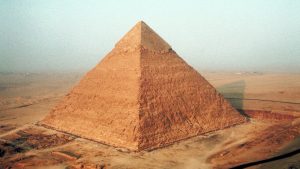
Private Egyptologist Tours: Unlock Egypt’s Hidden Secrets in Luxury
Step beyond the velvet ropes of Egypt’s most iconic sites. With a private Egyptologist as your guide, you’ll uncover hidden chambers, untold stories, and experience ancient wonders far from the tourist crowds. This is discovery at its most exclusive—where history meets luxury.

